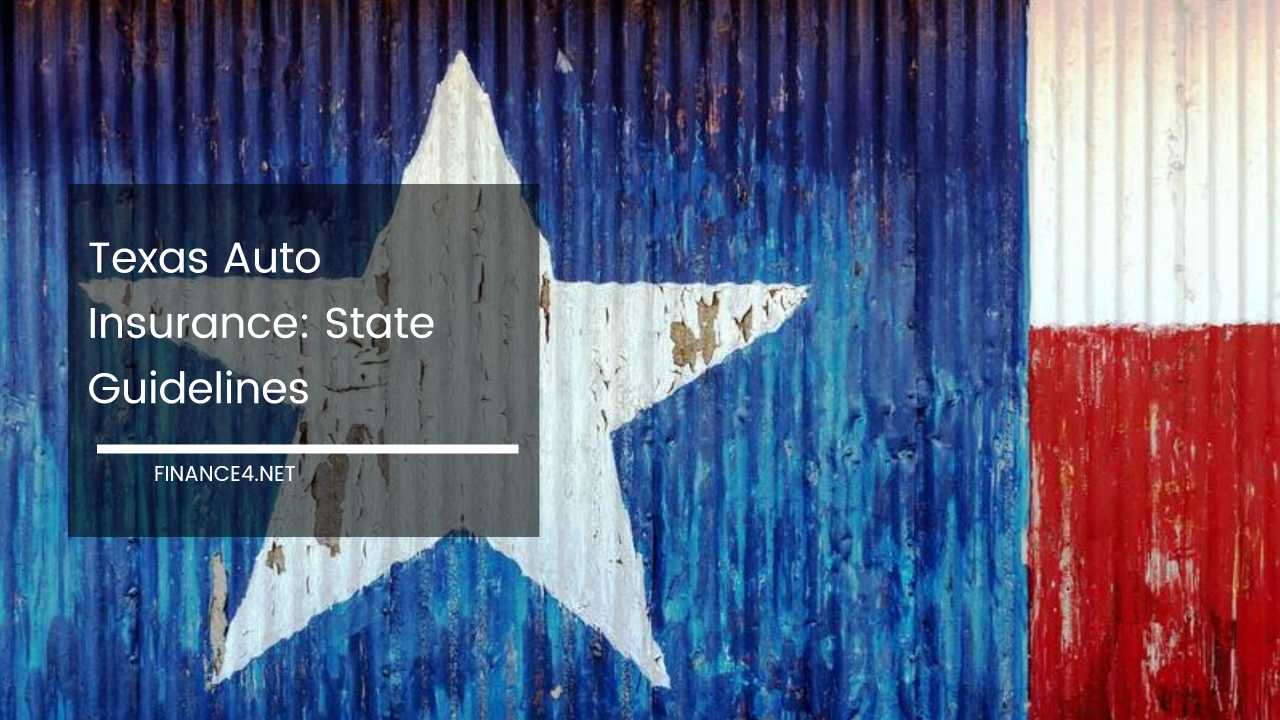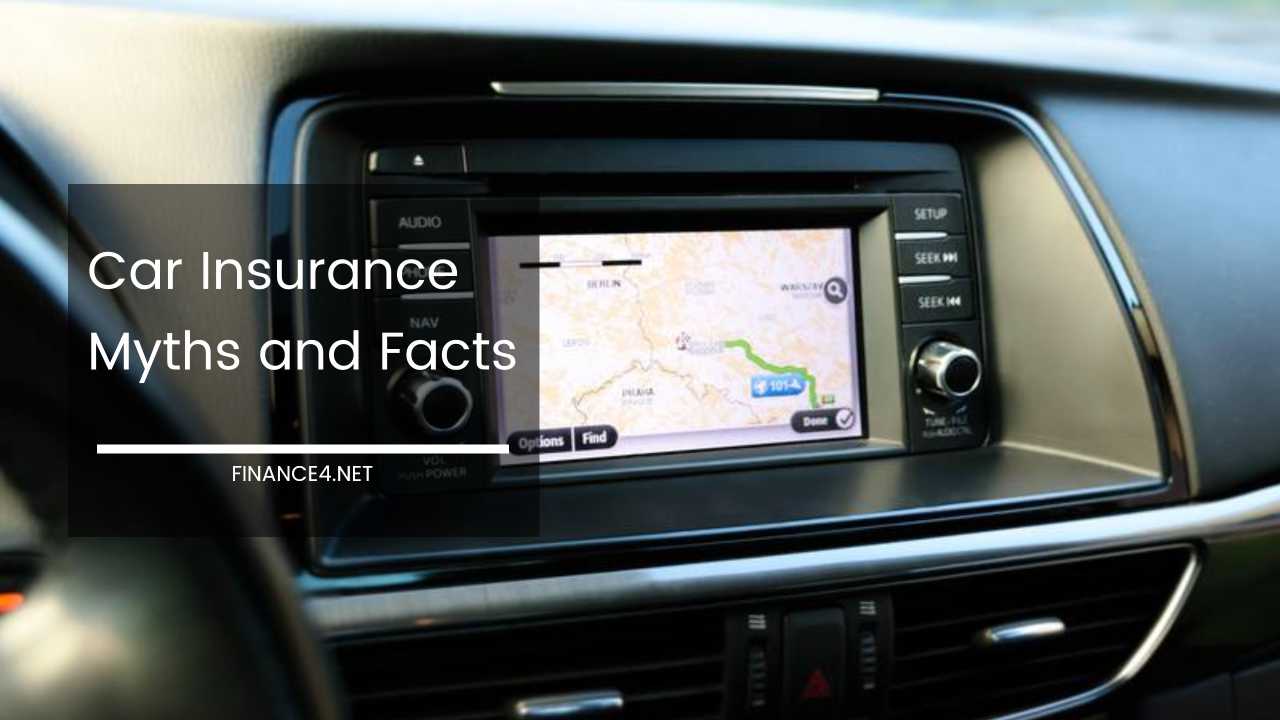Master Basic Insurance Terminology: A Beginner’s Guide

Confused by insurance jargon? Fret no more! This guide unravels the basic terms you need to understand insurance policies. Learn the difference between insurer and insured, decipher policyholder from beneficiary, and grasp key concepts like premiums, coverage, and deductibles. Empower yourself to make informed decisions about your insurance and navigate the world of financial protection with confidence!
Accidental Death Benefit – An extra benefit that is paid by the insurance company in the event that a person’s death is directly caused by an accident or injuries sustained during an accident.
Accidental Death Coverage – In the case of an accident where the insured driver dies, a named beneficiary will receive financial compensation. This is an extra feature with some auto insurance policies.
Actual Cash Value – When an accident leaves an asset past the point of repair, the insurance company will give the owner an amount that is equal to the actual cash value.
This is generally determined from taking the original value and formulating an amount to be subtracted due to depreciation. However, the rules for determining cash value vary by insurer and by type of policy.
Additional Living Expenses – Money that is paid on a claim by an insurance company in a scenario where a homeowner or renter is unable to continue living in a property due to damage.
This can include the expense of the accommodation as well as a per diem for meals (and other living expenses), depending on the individual policy.
All Risk – An insurance policy that is listed as all risk will provide blanket coverage against any peril except for those which are specifically excluded. This is the opposite of line policies that list which perils will be covered.
Arbitration – The use of objective experts to determine the actual cash value of covered items that were damaged or destroyed.
As a less expensive alternative to legal action, the final amount determined by arbitration is legally binding.
Beneficiary – Generally used with life insurance policies, the beneficiary is the individual(s) named in the life insurance policy who receives the benefits when the insured person dies.
Benefit Maximum – The largest amount of money that will be paid by an insurance company for a certain loss. This amount will be a total dollar amount or a percentage of the value of the items that were insured or damage that was inflicted.
In the case of home insurance policies, a benefit maximum can also apply to additional living expenses and can be expressed as a value of time rather than money.
Binder – A temporary insurance policy until a more comprehensive policy has been created.
Bodily Injury Liability Coverage – Insurance coverage for damage to a person(s) body related to a covered event.
Bodily injury can occur to either the insured or another party involved in the incident (for instance, another driver or a guest at the insured’s home). Bodily injury is distinct from property damage.
Business Use – In regards to automobile insurance, for determining an insurance policy cost, a vehicle will need to be listed as either for personal use or business use.
While commuting is not considered to be business use, other tasks, such as client visits while on working time, may constitute the business use classification.
Cash Surrender Value – In regards to a Cash Value insurance policy, the amount of money that will be paid to the insured person if the policy is terminated by the insurance company or the insured without the death of the policy holder.
Cash Value Policy – Generally associated with life insurance policies, a Cash Value policy is a contract whereby the insured builds an equity position in the insurance contract over time.
The equity position is said to have “cash value” and may be redeemed for the Cash Surrender Value prior to the contract’s natural termination date (generally the insured’s passing).
Churning – This action is when an agent attempts to get a policy holder to switch their policy to another insurance company to take advantage of commissions that add to the agent’s income.
This practice is considered dishonest and all churning attempts should be reported to higher authorities.
Collision Coverage – Covers damage to your vehicle resulting from an accident or other loss event.
Comprehensive Coverage – An all-encompassing policy that will protect the driver and vehicle in nearly all losses that are not the result of a collision, including theft of the vehicle, natural disasters, fire, and vandalism.
Deductible – A stated amount in an insurance policy, the deductible is the amount of money that the policy holder will need to pay before the insurance company distributes funds for covered losses.
A person’s policy premium will depend heavily on the deductible, with higher deductibles resulting in lower premiums and vice versa.
Deferred Annuity – An amendment to a life insurance policy that delays payment to the beneficiary for a certain amount of time after the death of the policy holder.
Earthquake Policy – An insurance policy that is designed to protect the property from earthquake damaged as typical policies will not provide this coverage.
Effective and Expiration Date – These dates indicate the starting and ending date of an insurance policy.
Emergency Road Service – An optional feature of insurance policies, emergency road service will provide assistance for drivers that need tire changing, towing, help with locking mechanisms, or other concerns while on the road.
Endorsement – Otherwise known as a rider. Any nonstandard amendment that is added to an insurance plan for additional coverage beyond what is normal (usually for an incremental fee).
An example is a homeowners’ coverage for earthquakes or floods. Another example is to cover certain high-dollar items, such as jewelry or electronics.
Evidence of Insurability – Documented information about the risk factors involved in a person’s life that may be used to determine the coverage or premium cost for a life insurance policy.
Flood Policy – Similar to an earthquake policy, this type of coverage extends the homeowner’s insurance to cover damages caused by a flood.
Free Look Provision – The free look provision establishes a grace period for a life insurance policy to be reviewed by the policy holder. If a person decides to void or return the policy, then all premiums that have been paid will revert to the consumer.
Funeral Benefits – Although not a standard feature, a person can inquire about the possibility of including a funeral benefits clause that will deliver money in the case of a fatality due to a vehicular accident.
Grace Period – The amount of time that the insurance policy will be held without receiving payment by the insured after the grace period elapses, the policy will no longer be in effect.
Guaranteed Replacement Cost Coverage – In regards to a homeowner’s policy, an extension of the insurance policy that guarantees that home rebuilding costs will be paid by the insurance company even when the costs exceed the original limits.
HEV – HEV is an abbreviated form of Hybrid Electric Vehicles, which is used to classify vehicles that use both gasoline and battery power.
Income Loss – Some insurance companies offer income loss reimbursement as part of a policy for when a person is unable to work due to injuries received from an accident or loss event.
Individual Retirement Annuity – An investment vehicle available through a person’s employment that receives lower taxable rates as established by Section 408 in the IRS code.
Insured Premises – A precise description of which property is covered by a single insurance policy.
Joint Annuity – An account between two or more people that terminates with the death of one of the insured parties. At this point, the money in the annuity is transferred to the living person.
Lapse – If a policyholder has not stayed up to date with their premium payments, the policy may lapse, meaning that no coverage is provided until the account has been brought up to date.
This can also occur in variable life insurance policies if the investments return a loss that is lower than the cash value that is required to keep the policy active.
Liability Coverage – Liability coverage is often the basic legal requirement of operating a motor vehicle. In the case of an accident, the insurance company will pay for the damages to the other party if it is determined that the insured driver is responsible for the accident.
Liability coverage is also related to home insurance policies, whereby the insured may be held liable for bodily injury or personal property damage resulting from an accident on the insured premises.
Limit of Liability – The highest amount of money that will be covered by an insurance policy and will be paid by the insurance company in liability situations.
Material Misrepresentation – Material misrepresentation is when the policyholder intentionally obstructs the truth about information relevant to the coverage.
Maturity Date – Other than with whole-life insurance policies, generally all insurance contracts will have a maturity date that lists the end of the policy when coverage ends. This is sometimes known as a Policy Expiration Date.
Midterm Cancellation – The term used for an insurance policy that is cancelled by either the insurance company or homeowner before the expiration date of the policy.
Motor Vehicle Report – To determine an accurate policy premium, a motor vehicle report must be obtained, which will list all of the moving violations and law infractions that a person has received.
The insurance company can request this report from any state where the person has been a registered driver.
Multiple Line Insurance – A standard practice of taking various types of insurance from a single company (for instance, homeowners and auto insurance from the same insurer).
These different types of insurance are bundled into a single policy. Many companies offer discounts for a multiple line insurance package.
Named Peril – For some insurance policies, the specific natural disaster or accident type must be named for coverage to be provided. A named peril is a threat that is specifically indicated on the insurance documents.
Negligence – When the policyholder fails to perform an action that a court might deem to be reasonable or expected, they may be considered negligent and open themselves up to being sued for negligence.
No-Fault Insurance – Available in certain states, no-fault insurance policies will not need fault to be assigned to a person involved in an accident before settling a claim. In other words, insurance benefits will be paid regardless of who is at fault.
Notice of Loss – As part of an insurance claim, the notice of loss will list all damage that is incurred as part of a named peril.
Occurrence – An event happens that could lead to a claim being filed under the terms of the insurance policy.
Outbuilding – An outbuilding is any structure on an insured property that is not directly connected to the primary house.
Personal Injury Protection – This coverage provides payments for economic losses related to medical expenses, lost wages and replacement services.
Personal Property – Personal property is property that belongs to you, but differs from real property in that it is not attached to the land. Real property are assets that are related to land (real estate).
Planned Periodic Payment – An amount to be paid as a premium for the life insurance policy at regular intervals.
Policy Expiration Date – Otherwise known as the Maturity Date, the date on which the term of the insurance coverage ends.
Premium – The premium is the payment that is made to the insurance company on a regular basis to remain insured.
Proof of Loss – Related to a notice of loss, the proof of loss is pictures or other documentation that shows the extent of the damage that has been incurred.
Real Property – Property that is related to the land, including land, buildings and other items attached to the land.
Rental Car Reimbursement – This feature is found on some insurance policies and covers the cost of a rental vehicle should the insured vehicle not be functional for a period of time.
Replacement Cost – Instead of using actual cash value, an insurance company may provide replacement cost for items that were damaged.
Also known as guaranteed replacement cost or full replacement, he replacement cost is the actual expense of replacing insured property that has undergone damage or destruction.
Reinsurance – The process whereby part of a policy is sold from one insurer to another insurer, thereby transferring some of the risk and developing a more diversified portfolio.
Rescission – An insurance company can effectively remove the coverage of a policy and return any premiums that were paid to the policyholder.
Rider – Otherwise known as an Endorsement. An amendment to an insurance policy that changes the scope o*r the coverage provided. In most cases, the existence of a rider will necessitate higher premiums to be paid.
Secondary Driver – Also known as occasional driver, a secondary driver is a person who may use an insured vehicle from time to time, but not as the primary driver.
Surrender Charge – If an insured person chooses to surrender their policy in exchange for the actual Cash Value of the plan, the insurance company can charge a fee to end the insurance coverage.
In addition, this fee can be present if a policy holder decides to take a loan with the life insurance policy listed as a form of collateral.
Surrender Value – The Cash Value of a whole-life or variable plan that can be redeemed upon termination of the insurance policy.
Term Insurance – An insurance policy where coverage is for a stipulated time period. Generally, all policies other than life insurance are term policies.
In regards to life insurance, a policy that conforms to a set amount of time, such as a number of years rather than for the entire life of the person.
The death benefit as listed in the policy is only paid in the event that the person dies within the designated time frame.
Umbrella Liability – An umbrella liability provides unlimited liability coverage (regarding loss events, not the amount of coverage) as an extra way to protect the policyholder from excessive liability expenses.
This type of policy exists separately from specific policies (e.g. automobile insurance, homeowners insurance, etc.). The policy is generally used as a “catch-all” for added peace of mind and protection.
Underwriting – An insurance company will evaluate whether certain risks to determine if insuring against them is a profitable decision. This process is known as underwriting.
Underinsured Coverage – Coverage that pays for medical claims of those covered by your policy in the event that the other driver involved in a collision (who is determined to be at fault) does not have enough liability insurance to pay your full claim.
Uninsured Coverage –Coverage that pays for medical claims (beyond personal injury protection) for persons covered under your policy when you are involved in a collision with a driver who is found to be responsible, but does not carry insurance.
Universal Life – A form of life insurance that adds flexibility to a term or whole-life policy. In a universal life policy, changes can be made to the structure of the contract to change the premium amounts that are paid or to give more coverage.
Vandalism – Any damage done to an insured property by a person other than the policyholder is considered to be vandalism.
Variable Life Insurance – A type of life insurance that allows a policy holder to name how the premium money is to be invested.
The variable life insurance policies do have risk and the surrender value will depend on current market standings.
VIN – The vehicle identification number is a unique number with 17 digits that is assigned to every vehicle. This information will be listed on the insurance card as well as on the dash in front of the driver’s seat.
Water Damage – Excessive rain or problems with water pipes can deliver damage that is generally covered by a standard homeowner’s insurance policy.
However, water damage that originated by a flood will only be covered by policies that specifically offer protection against floods.
Whole-life Insurance – As opposed to term life insurance, a whole-life policy will provide coverage for the remainder of a person’s life, with benefits paid after the policy holder’s death.



